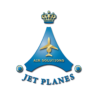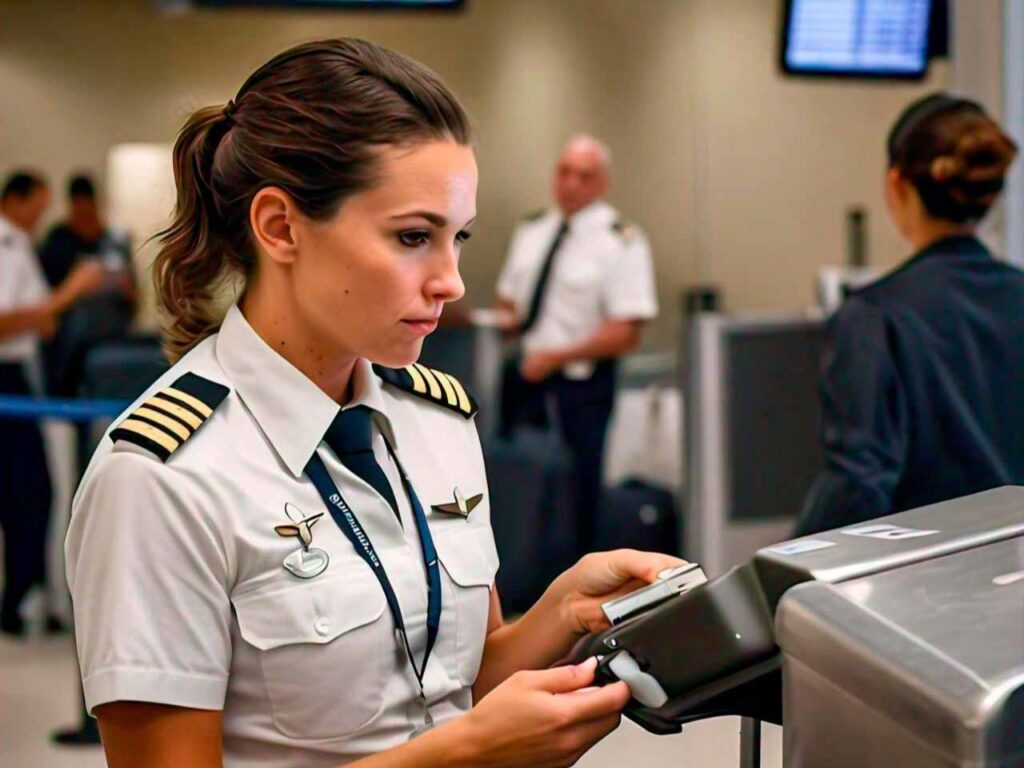Landing permit Mexico
The Single Entry Authorization (AIU), also known as the landing permit, is issued to private foreign-registered aircraft operating under FAR Part 91 so they can operate in Mexico. This permit excludes air taxis, charters, cargo, and air ambulances, and it must be processed at the first airport where the aircraft lands in the country.
Previously, there were two types: a single-entry permit and a multiple-entry permit valid for one year. Starting in 2024, all single entry authorizations for private aircraft will have a validity of 180 days. The aircraft cannot remain in Mexican territory for more than six consecutive months.
It is important to attach the payment receipt to the AIU, as it is part of the authorization. Both the permit and the payment receipt will be issued to you, and you must always carry the original on board the aircraft.
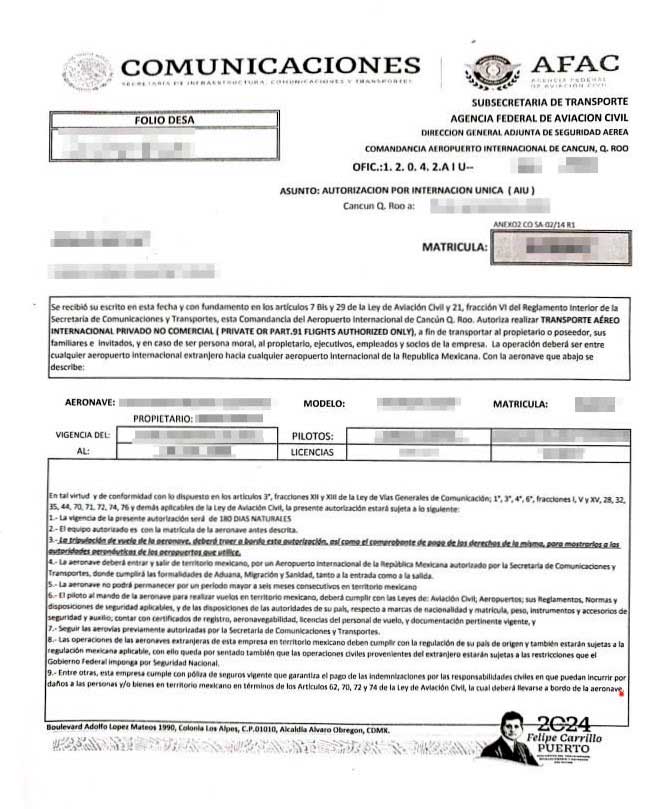
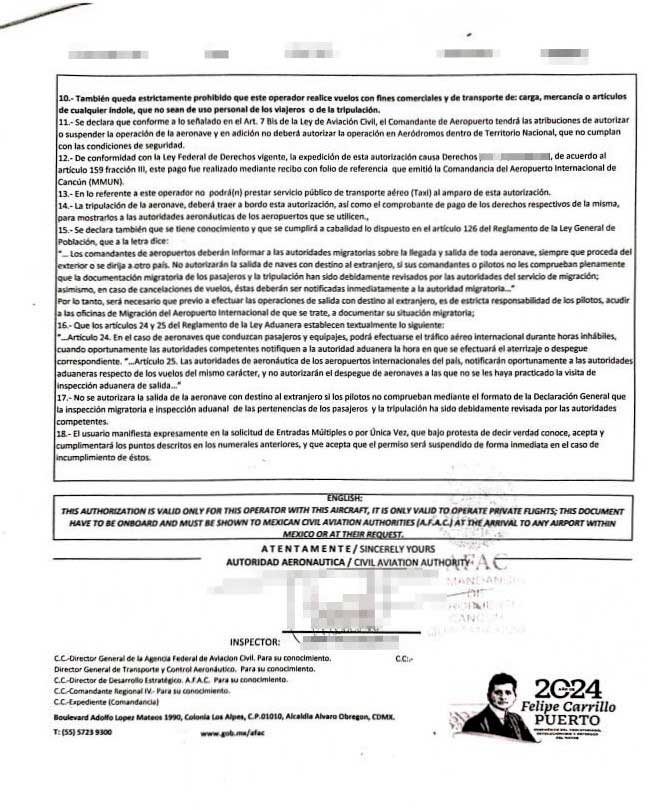
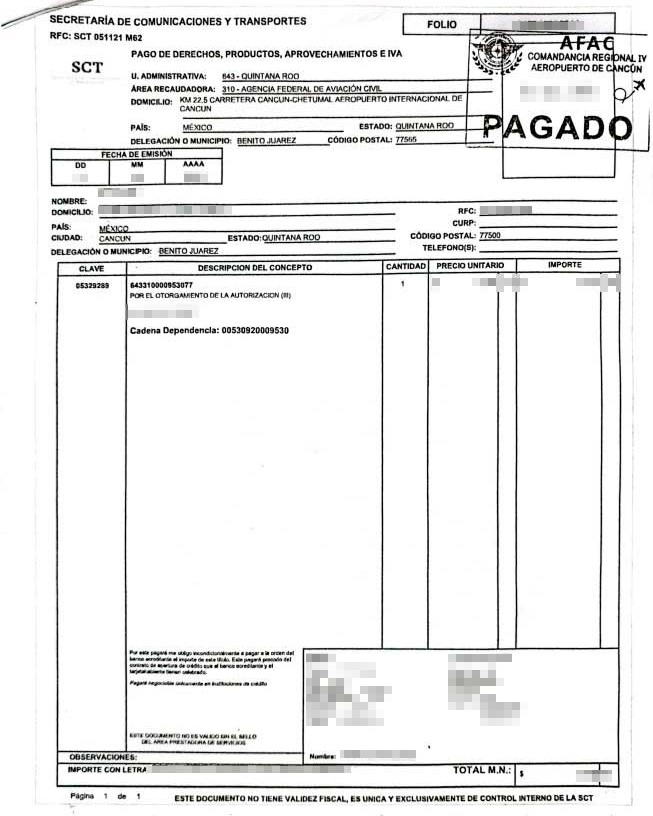
The requirements for obtaining an AIU are as follows:
Although it is not mandatory, if you plan to process your landing permit in Cancun, we recommend sending a list with the names of all passengers who may fly on your aircraft during the permit’s validity.
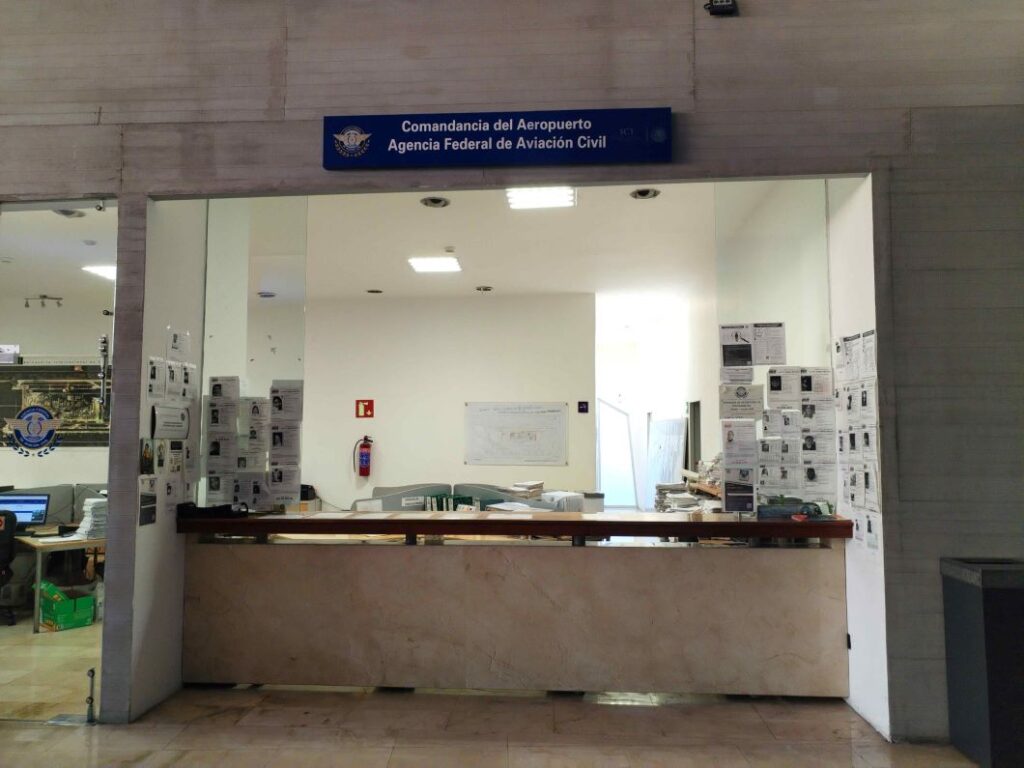
Why is a passenger list recommended?
Aviation authorities have the task of ensuring that commercial operations do not use this type of permit for cabotage, and the passengers transported by the aircraft are a parameter for this, especially those passengers departing for abroad who did not arrive with you.
When you come with passengers from abroad, upon your entry, you will be provided with the General Passenger Declaration stamped by the relevant authorities. On the day of departure, this document will allow you to prove that these passengers arrived with you some time ago and that you are now taking them back to their home country. The issue here is that sometimes you may need to take on some passengers who did not arrive with you, either because they came via commercial airline or for some other reason. This is permitted for private aircraft; however, sometimes they will ask you to verify the relationship between the owner and these passengers. You may wonder, “How can I prove this?” This is where the passenger list you would have provided in advance will serve its purpose if they appear on it. It’s not the only way, but it’s one of the most convenient. Another way to prove this is through a letter on the letterhead of the company or individual owner of the aircraft, indicating the relationship with these passengers, that the aircraft is private, and that there is no financial compensation involved.
